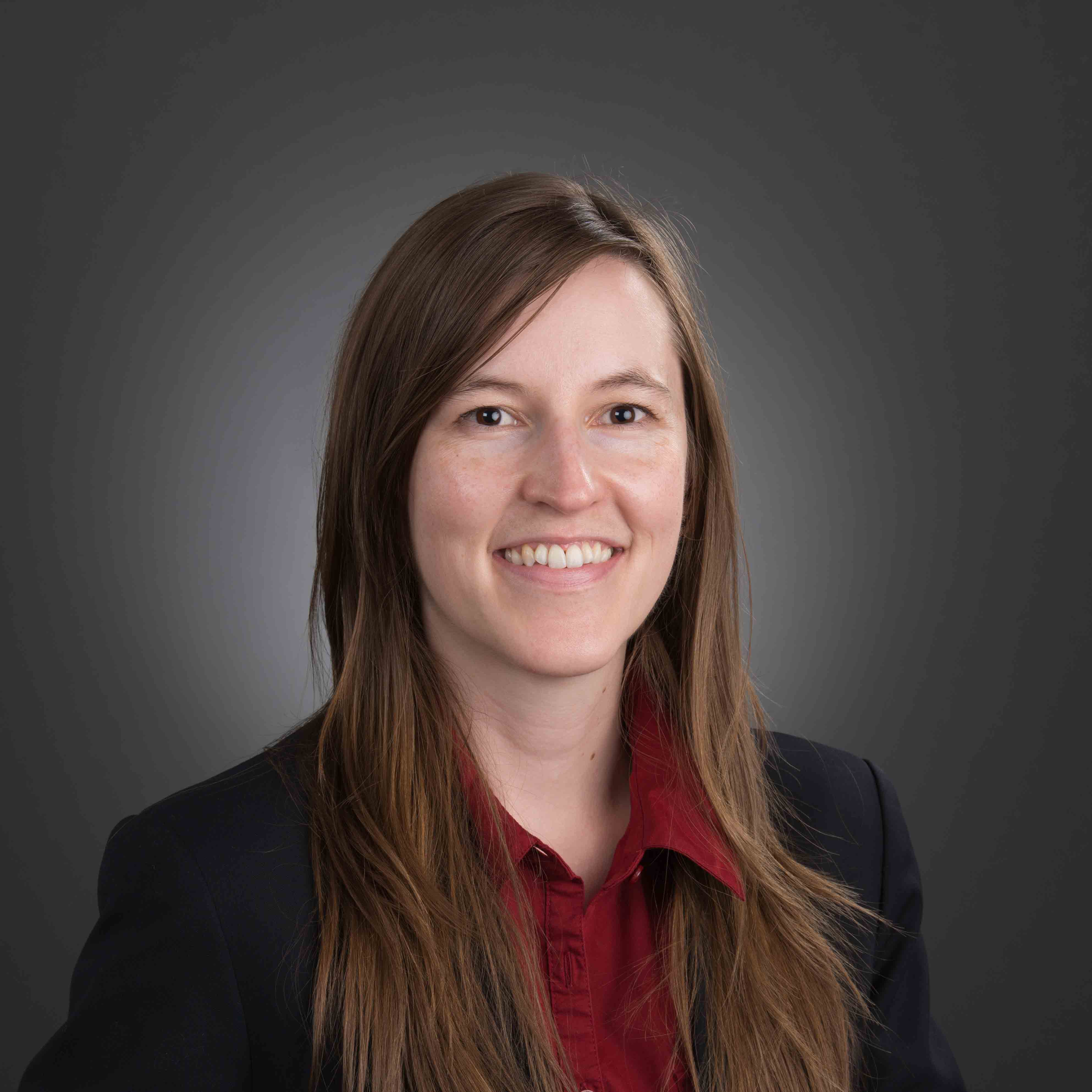New VOC Analytical Methodologies and Potential Effects on Formulations
Methodologies for determining VOC levels in paints and coatings have historically been based on EPA Method 24. This method remains the industry standard, however there are new analytical methods that potentially allow for a more accurate determination of volatiles and VOC content in paints and coatings. ASTM Method D6886 and other similar gas chromatograph-based methods are gaining preference for determining VOC of low- and zero-VOC coatings. South Coast Air Quality Management District (SCAQMD) is proposing their Method 313 which is also a gas chromatograph-based method that utilizes a methyl palmitate boiling point marker to separate VOCs from non-VOC compounds.
While these new methods may provide improvements in the precision of VOC determination of very low VOC products, they also introduce new potential problems when analyzing fully formulated paints. When employing a gas chromatograph-based method, popular additives including biocides, humectants, colorants, photoinitiators, and low-VOC coalescents may be identified as VOCs due to their having retention times less than the methyl palmitate boiling point marker. There is also additional uncertainty which requires validation of possible by-products produced in the heated inlet of the gas chromatograph arising from various compounds commonly used in paint formulations.
This presentation will compare EPA Method 24 with the ASTM D6886 method and show results of low- and zero-VOC paints and additives when analyzed using the ASTM D6886 method with the methyl palmitate marker. It is important that those who develop, formulate, and manufacture paints and coatings understand the potential VOC implications that these new methods may have on current and future products.
 Dave Nevison is a Scientist with EPS, working in the Material Science Research Group located in Minneapolis, Minnesota. He has more than 30 years of analytical experience, in roles ranging from Chemist to Lab Manager, and in the development of methods for the analysis of paints and coatings. He has worked extensively on VOC-related testing including wet coating and emission chamber analyses. Dave is a member of the ASTM Committee D01 on Paint and Related Coatings and the AIM VOC Committee. Dave is a graduate of Hamline University in St. Paul, Minnesota.
Dave Nevison is a Scientist with EPS, working in the Material Science Research Group located in Minneapolis, Minnesota. He has more than 30 years of analytical experience, in roles ranging from Chemist to Lab Manager, and in the development of methods for the analysis of paints and coatings. He has worked extensively on VOC-related testing including wet coating and emission chamber analyses. Dave is a member of the ASTM Committee D01 on Paint and Related Coatings and the AIM VOC Committee. Dave is a graduate of Hamline University in St. Paul, Minnesota.

Click here to view the presentation
Presentation given May 2015 at the Coatings Regulations & Analytical Methods Conference
 Massimo Longoni, Technical Service Manager at EPS, has fifteen years of experience in the coatings industry, holding different positions in R&D and sales. His most recent work focuses on maximizing polymer performance in coatings formulations for architectural, metal and industrial wood applications. He earned his B.Sc. in Organic Chemistry from University of Milan in 2003 and obtained a Master degree in Formulation and Composite Materials from the University of Milan in 2004.
Massimo Longoni, Technical Service Manager at EPS, has fifteen years of experience in the coatings industry, holding different positions in R&D and sales. His most recent work focuses on maximizing polymer performance in coatings formulations for architectural, metal and industrial wood applications. He earned his B.Sc. in Organic Chemistry from University of Milan in 2003 and obtained a Master degree in Formulation and Composite Materials from the University of Milan in 2004. ![]() Click here to view the article
Click here to view the article
 Karl Booth is an R&D group leader at Engineered Polymer Solutions where he is focused on leading innovative polymer development. Karl has held a variety of roles over his 9 years in the coatings industry that include polymer synthesis, technical services, and waterborne coatings formulation. Karl holds a masters degree in chemistry from the University of Illinois.
Karl Booth is an R&D group leader at Engineered Polymer Solutions where he is focused on leading innovative polymer development. Karl has held a variety of roles over his 9 years in the coatings industry that include polymer synthesis, technical services, and waterborne coatings formulation. Karl holds a masters degree in chemistry from the University of Illinois.  Dr. Robert Sandoval is a R&D Technical Manager at EPS, leading the Industrial and Construction coatings group. He earned a B.S. in Chemical Engineering from Michigan Tech in 2005 and a Ph.D. in Chemical Engineering from Northwestern University in 2010, focusing in polymer physics. Dr. Sandoval joined EPS in 2014. His industrial research has focused on mixing and emulsification technologies and coating formulations and testing. His technical contributions have helped to commercially launch several platform technologies at EPS, including high gloss architectural resins, interior & exterior flat through semi-gloss resins, and roof coatings.
Dr. Robert Sandoval is a R&D Technical Manager at EPS, leading the Industrial and Construction coatings group. He earned a B.S. in Chemical Engineering from Michigan Tech in 2005 and a Ph.D. in Chemical Engineering from Northwestern University in 2010, focusing in polymer physics. Dr. Sandoval joined EPS in 2014. His industrial research has focused on mixing and emulsification technologies and coating formulations and testing. His technical contributions have helped to commercially launch several platform technologies at EPS, including high gloss architectural resins, interior & exterior flat through semi-gloss resins, and roof coatings. Cor Beyers is the Technical Polymer Director Europe for EPS based in Rotterdam, The Netherlands. He received his PhD in Polymer Chemistry in 2003 from the Technical University of Eindhoven in the Netherlands and in 2015 he completed his MBA at the University of Stellenbosch in South Africa. In 2003 he started as Laboratory Manager at BASF in Ludwigshafen in Germany after which he moved to Product Development end then to Technical Service and New Business Development. In 2011 Cor left BASF and moved to South Africa to head Research at Kansai Plascon. In 2014 Cor took the position of Technical and Operations Director at PPG in Johannesburg.
Cor Beyers is the Technical Polymer Director Europe for EPS based in Rotterdam, The Netherlands. He received his PhD in Polymer Chemistry in 2003 from the Technical University of Eindhoven in the Netherlands and in 2015 he completed his MBA at the University of Stellenbosch in South Africa. In 2003 he started as Laboratory Manager at BASF in Ludwigshafen in Germany after which he moved to Product Development end then to Technical Service and New Business Development. In 2011 Cor left BASF and moved to South Africa to head Research at Kansai Plascon. In 2014 Cor took the position of Technical and Operations Director at PPG in Johannesburg. Dr. Robert Sandoval is a Senior Project Chemist at EPS, leading platform technology development across the different development groups, including architectural, industrial, and construction. He earned a B.S. in Chemical Engineering from Michigan Technological University in 2005 and a Ph.D. in Chemical Engineering from Northwestern University in 2010, focusing in polymer physics and engineering. Dr. Sandoval spent four years at Dow Chemical in their Core Research & Development group before joining EPS in 2014. His industrial research has focused on mixing and emulsification technologies and architectural coating formulations and testing.
Dr. Robert Sandoval is a Senior Project Chemist at EPS, leading platform technology development across the different development groups, including architectural, industrial, and construction. He earned a B.S. in Chemical Engineering from Michigan Technological University in 2005 and a Ph.D. in Chemical Engineering from Northwestern University in 2010, focusing in polymer physics and engineering. Dr. Sandoval spent four years at Dow Chemical in their Core Research & Development group before joining EPS in 2014. His industrial research has focused on mixing and emulsification technologies and architectural coating formulations and testing. Tyler Bell is a research Chemist for new product development and innovation for Engineered Polymer Solutions. He received a Master of Science Degree in Polymers and Coatings from California State Polytechnic University, San Luis Obispo for his work on Dispersion Phase Diagrams for paint systems based upon latex particle size, and surfactant type and loading.
Tyler Bell is a research Chemist for new product development and innovation for Engineered Polymer Solutions. He received a Master of Science Degree in Polymers and Coatings from California State Polytechnic University, San Luis Obispo for his work on Dispersion Phase Diagrams for paint systems based upon latex particle size, and surfactant type and loading. Dr. Allen Bulick is the group leader for EPS’ Industrial Resins which focuses on polymer design and formulation for a variety of applications including DTM, industrial wood and traffic marking. He currently oversees a portfolio that includes solventborne alkyds and modified alkyds, water reducibles, PUDs and waterborne styrenated acrylic latexes. He has a background as a research scientist in small molecule and polymer synthesis and formulation across several industries including Coatings, Electronic Materials, and Oil & Gas. Allen graduated with a PhD in Chemical Engineering from Texas A&M University in 2009.
Dr. Allen Bulick is the group leader for EPS’ Industrial Resins which focuses on polymer design and formulation for a variety of applications including DTM, industrial wood and traffic marking. He currently oversees a portfolio that includes solventborne alkyds and modified alkyds, water reducibles, PUDs and waterborne styrenated acrylic latexes. He has a background as a research scientist in small molecule and polymer synthesis and formulation across several industries including Coatings, Electronic Materials, and Oil & Gas. Allen graduated with a PhD in Chemical Engineering from Texas A&M University in 2009. Dave Nevison is a Scientist with EPS, working in the Material Science Research Group located in Minneapolis, Minnesota. He has more than 30 years of analytical experience, in roles ranging from Chemist to Lab Manager, and in the development of methods for the analysis of paints and coatings. He has worked extensively on VOC-related testing including wet coating and emission chamber analyses. Dave is a member of the ASTM Committee D01 on Paint and Related Coatings and the AIM VOC Committee. Dave is a graduate of Hamline University in St. Paul, Minnesota.
Dave Nevison is a Scientist with EPS, working in the Material Science Research Group located in Minneapolis, Minnesota. He has more than 30 years of analytical experience, in roles ranging from Chemist to Lab Manager, and in the development of methods for the analysis of paints and coatings. He has worked extensively on VOC-related testing including wet coating and emission chamber analyses. Dave is a member of the ASTM Committee D01 on Paint and Related Coatings and the AIM VOC Committee. Dave is a graduate of Hamline University in St. Paul, Minnesota. Mike Wildman is the Technical Product Manager for Architectural Coatings at EPS Materials in Marengo, IL. Mike has over 30 years of experience formulating interior and exterior house paints for the Deco market with significant expertise in polymer designed for primer use. Mike holds a MBA from Roosevelt University in Chicago, Illinois.
Mike Wildman is the Technical Product Manager for Architectural Coatings at EPS Materials in Marengo, IL. Mike has over 30 years of experience formulating interior and exterior house paints for the Deco market with significant expertise in polymer designed for primer use. Mike holds a MBA from Roosevelt University in Chicago, Illinois. Dr. Andrew Hearley is the Research & Development Manager for Engineering Polymer Solutions (EPS Europe). A graduate of King's College, London with a Bachelor of Science degree, he also holds a PhD from the University of Cambridge. He has over 14 years experience in water based polymer chemistry, with DuPont Performance Coatings,Germany and Synthomer, UK.
Dr. Andrew Hearley is the Research & Development Manager for Engineering Polymer Solutions (EPS Europe). A graduate of King's College, London with a Bachelor of Science degree, he also holds a PhD from the University of Cambridge. He has over 14 years experience in water based polymer chemistry, with DuPont Performance Coatings,Germany and Synthomer, UK. Dr. Carrie Street leads EPS’s physical sciences research team. Her work provides a fundamental understanding of physical and thermal behavior of polymers and formulated systems, aiding new product development and providing customer support. She received her B.S. in Chemical Engineering from the University of Oklahoma in 2007 and her PhD in Chemical Engineering from the University of Delaware in 2012.
Dr. Carrie Street leads EPS’s physical sciences research team. Her work provides a fundamental understanding of physical and thermal behavior of polymers and formulated systems, aiding new product development and providing customer support. She received her B.S. in Chemical Engineering from the University of Oklahoma in 2007 and her PhD in Chemical Engineering from the University of Delaware in 2012. Dr. Jason Ness is a Senior Scientist with EPS-Applied Polymer Science and Technology, working in Minneapolis, Minnesota. He is responsible for new water-based polymer technology and strategic platform developments. Jason holds a Ph.D. in Polymer Chemistry from the University of Minnesota and has 13 years industrial polymer chemistry experience.
Dr. Jason Ness is a Senior Scientist with EPS-Applied Polymer Science and Technology, working in Minneapolis, Minnesota. He is responsible for new water-based polymer technology and strategic platform developments. Jason holds a Ph.D. in Polymer Chemistry from the University of Minnesota and has 13 years industrial polymer chemistry experience.